New Finds
As we work towards opening Belle Grove Plantation, discoveries keep showing up at our door steps! As we have cleared the debris of the three trees we recently cut down, we have found some really nice artifacts! We have taken them to Ferry Farms to be reviewed by Mara. Here is what we found out!
Mara : Hatchet head is a carpenter’s or roofer’s hatchet: They are fairly common and still in use today. The notch was for tearing out nails. No date on this, could be 19th century or from modern era. I would say it has not been in the ground long, though, given that the wood is still present in the hole where it was hafted.
This is the second Large Copper One Cent Piece we have found at the plantation. The first was dated 1817 which is still our earliest artifact.
As we are uncovering information around the Civil War and the Union Army’s encampment in and around Belle Grove and Port Conway, we are beginning to believe a lot of these lead pieces we are finding could be those that were carried by soldiers to make their own lead shots.
Looking at this piece, we are thinking it might be part of a spoon. But the one piece that has us stumped is there is a hallmark on it. It looks like a willow tree with a circle around it. We will need to do more research to find out what it truly is.
Mara: Ceramic shard with blue transfer print: Blue print on early whiteware. Dates to between 1815 and 1860. Likely flatware.
Mara: Pocket watch with plastic crystal (watch cover: Plastic crystals made their appearance in 1916 so this watch post-dates that. The motif appears to be art deco so one can assume it predates WWII, after which time Art Deco as a style dies out.
This one I wanted to see if anyone could guess what it is. Make your best guess than go to our Facebook Fan Page and look at our Artifact Album to see if you are right!
On a different front, we received a new map from Elizabeth, curator of the King George History Museum. It is a survey map of our area (Belle Grove and Port Conway) in 1856. What is so exciting about it is that it places the enslaved quarters for us! I have long thought that the enslaved quarters ran along the road way leading to what use to be a barn. Now it is confirmed! These quarters were later turned into tenant farmer houses. You can also see in the field at least two more enslaved homes. This is something we have always heard, that there were homes in the field.
In 1856, Carolinus Turner owned Belle Grove. According to a Federal Census in 1860, he owned 92 slaves. This is the largest number of enslaved people we have been able to confirm on the plantation.
To see more artifacts we have discovered and to find out if you know what the mystery artifact is
Please visit our Facebook Fan Page
You will find them in our Albums under Artifacts








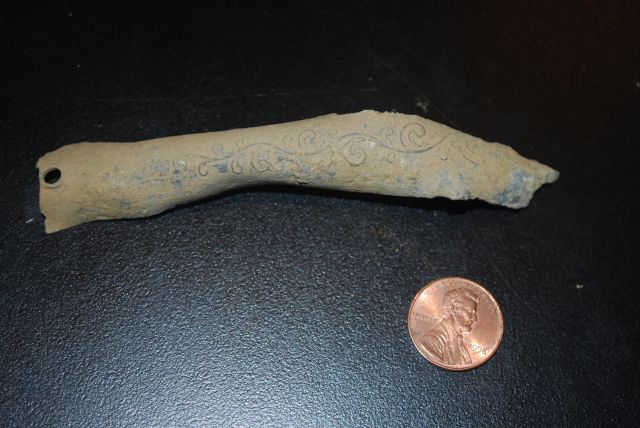

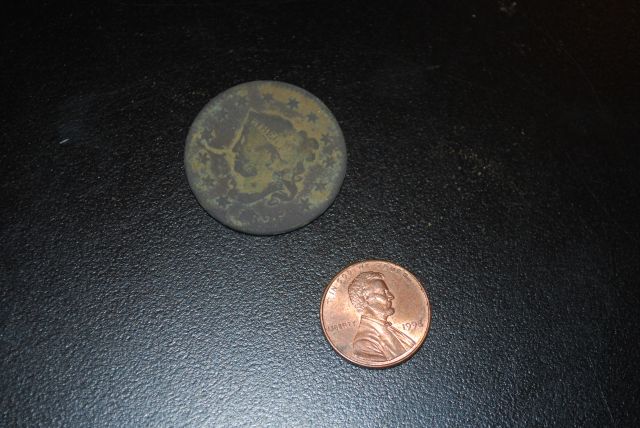
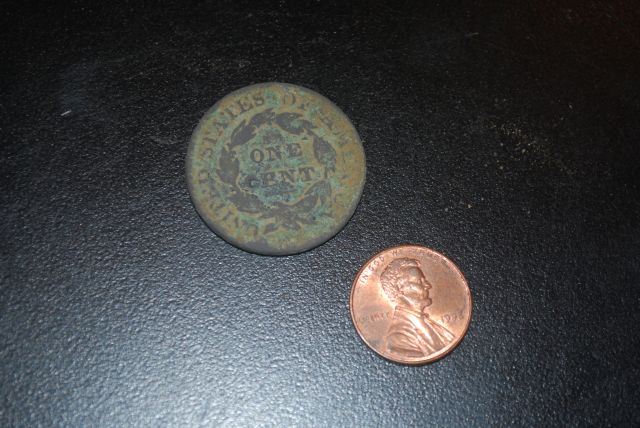
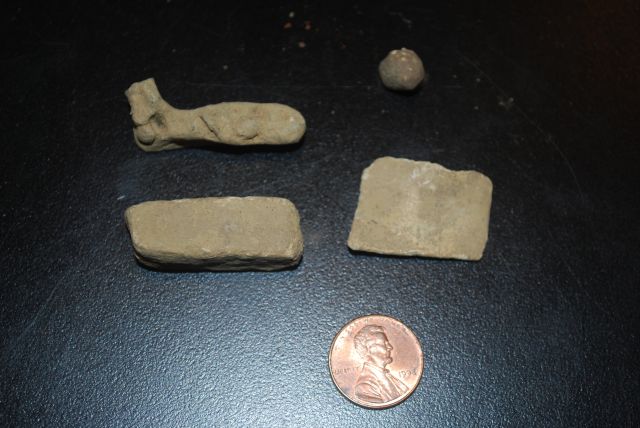
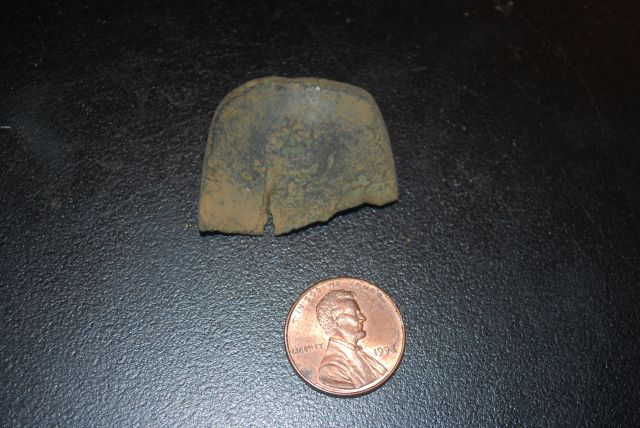
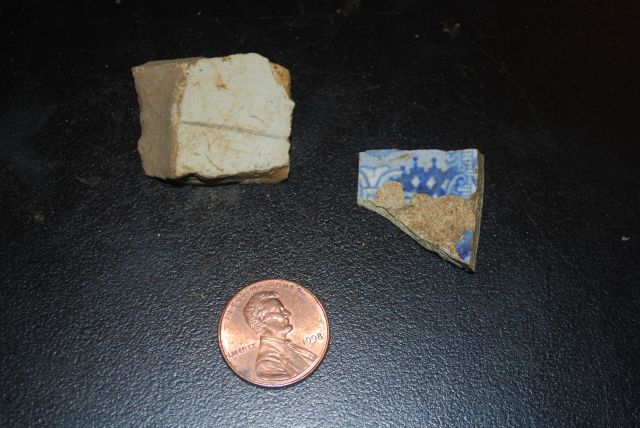


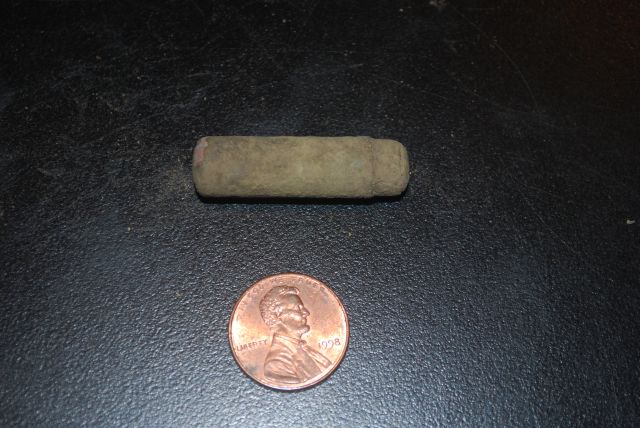
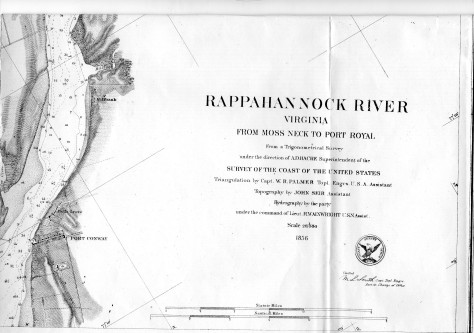


awesome finds. oh how I wish you could find a piece that is all together in the pottery category
I would like to do that too! Thank you!
So happy there is treasure beyond what your heart already saw when you traveled down this road to your dream =)
Thank you! We can’t wait to see what we find next!
What interesting finds! Detective work is so fun and there’s always that hope that it’s a great find…$-wise and history-wise.
Thank you! We agree with that! Though all the artifacts dollar wise or not, will never leave the plantation.
The artifacts are fabulous! The river chart looks like it has depths on it for use in navigation.
Thank you! Yes, I think that is what it was for as well as land survey.
Wow, some interesting stuff being found.
Thank you!
You bet!
Great finds, your display case for artifacts is starting to fill up. I really like the coin. Your earlier one was minted the year after the coldest summer. I am reading a book about the summer of 1816.
Thank you! How cool! I love that you do more research and let me know!
Reblogged this on Practically Historical.
Cool artifacts! I have one of those hatchets, but I doubt anyone will find it in 200 years …
You never know!
Fascinating finds, especially the coin and the surveyor’s map.
About the lead pieces, it wouldn’t be unusual for Union and Confederate soldiers to be making their own lead shot. The ordinance personnel, on both sides, were fairly tight fisted in the amount of ammunition they distributed to each soldier everyday. If a protracted battle erupted and the men ran out of lead shot, they would “resupply” themselves from the fallen. The ordinance guys would be mulling it over before deciding on whether to resupply with fresh stocks of shot and powder.
Thank you David! We are thinking the same thing about the lead pieces. We keep finding tons of it!
David, another and probably the major reason soldiers made their own shot is that although standardization in equipment was fairly far along, many soldiers had off-caliber muskets and could not get shot that fit. It was not unusual for a regiment to have four or five different calibers among the troops, especially for Confederate units but also Union as well.
I didn’t know that! Thank you for sharing!
Fascinating discoveries!
Thank you!
Nice pictures! Its always an education to see how things are done in the other parts of the world. Thanks for sharing!
Thank you!
Thanks for stopping by and liking by blog. I hope my future posts inspire thought and conversation. You have a nice blog here with a very interesting subject.
Thank you!